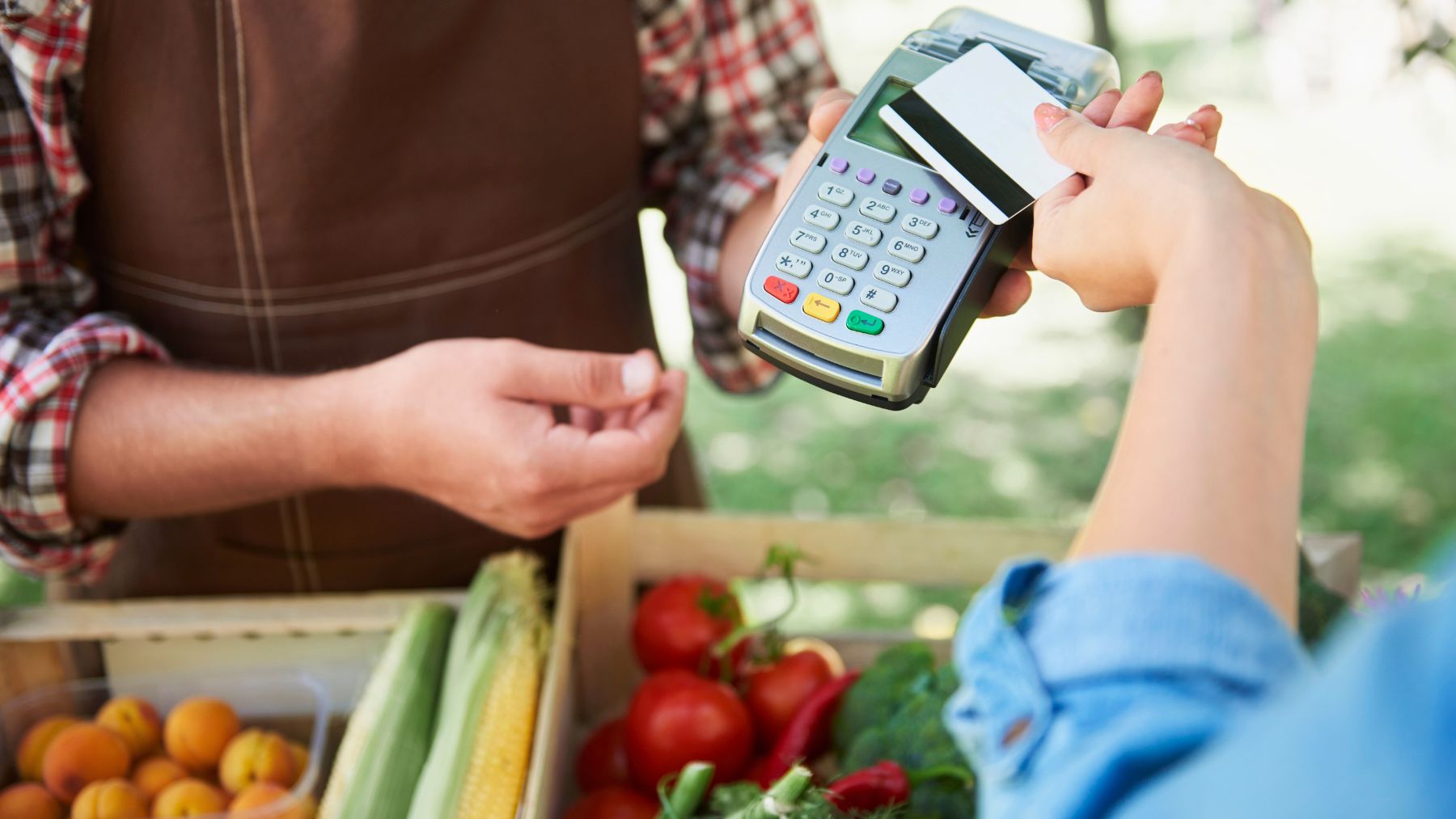Millions of Americans relying on food assistance are facing another round of uncertainty. The Trump administration confirmed that the Supplemental Nutrition Assistance Program (SNAP) will only provide partial payments this month, leaving families unsure when—or if—they’ll receive the rest of their benefits.
Roughly 42 million people depend on SNAP to buy groceries. The partial funding announcement comes as the federal government shutdown stretches on, disrupting agencies and slowing down payment systems nationwide. Here’s what’s happening with SNAP in November, how the delays may play out, and what recipients can do in the meantime.
What happens to SNAP benefits this month
According to a Justice Department filing, the administration will use $4.65 billion in emergency funds to cover about 50% of SNAP’s usual monthly allotments. That amount will come from the Department of Agriculture’s contingency reserves, which hold around $6 billion in total, not enough to fund the full $8 billion needed for November benefits.
The White House said the payments will reach households, but the process may take time. Because SNAP is administered at the state level, every state must now calculate and distribute the reduced amounts for each eligible household. Tracy Roof, a political science professor at the University of Rhode Island who studies SNAP, said this step alone could delay access by several days or even weeks.
“The daunting part is that states have to go in and make this adjustment to their payment amounts“, Roof told ABC News. For recipients who rely on these funds for groceries, that delay could mean days of uncertainty. Some households already due to receive funds in early November have reported that their benefits haven’t yet arrived.
In total, the partial funding will likely provide enough benefits for about two weeks of groceries per family, depending on household size and location. Colleen Heflin, a professor of public administration at Syracuse University, noted that the uncertainty is taking a toll: “The stress that families are facing throughout the country is tremendous, not knowing how they’re going to feed their families”.
While there are alternative federal accounts that could have covered full benefits—such as a $30 billion fund for child nutrition programs—the administration has opted not to use them. Experts, including Georgetown law professor David Super, argue that the government could have easily transferred the funds without harming other programs.
Until the shutdown ends or new funding is approved, SNAP recipients can expect to receive roughly half of their usual amount, potentially spread out over an extended timeline.
What families can do in the meantime
For those waiting on delayed or reduced benefits, there are a few steps that may help bridge the gap.
- Contact your state SNAP office. Each state manages its own SNAP disbursements, so checking directly with your state agency is the best way to confirm when funds will be added to your EBT card.
- Look into local food banks. Many community organizations and nonprofits are expanding services to cover gaps in federal aid. The USDA’s website and Feeding America’s locator can help you find resources nearby.
- Budget existing benefits carefully. Try to prioritize nonperishable essentials like rice, beans, and canned vegetables until full benefits resume.
- Ask about emergency assistance. Some states, such as Virginia, have announced temporary support or subsidies to offset federal shortfalls. Check whether similar programs are available where you live.
The coming weeks will be uncertain for millions of households, and experts warn that even a short-term delay can have serious effects for low-income families. Still, support networks—from local food programs to state agencies—are preparing to step in where they can.

